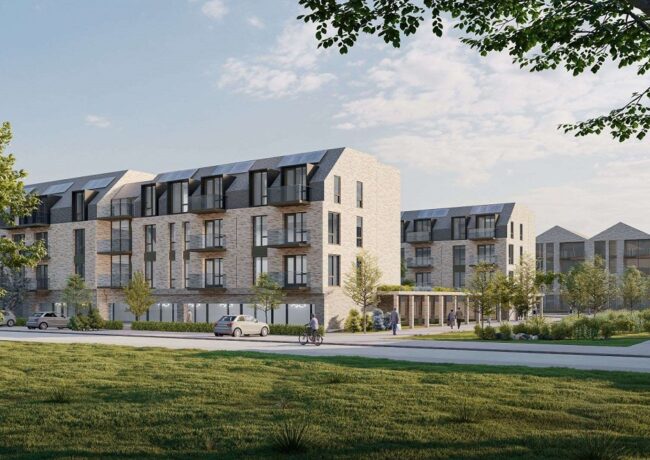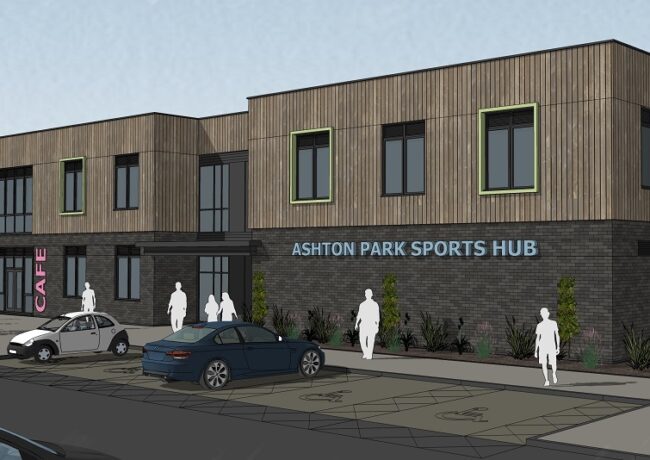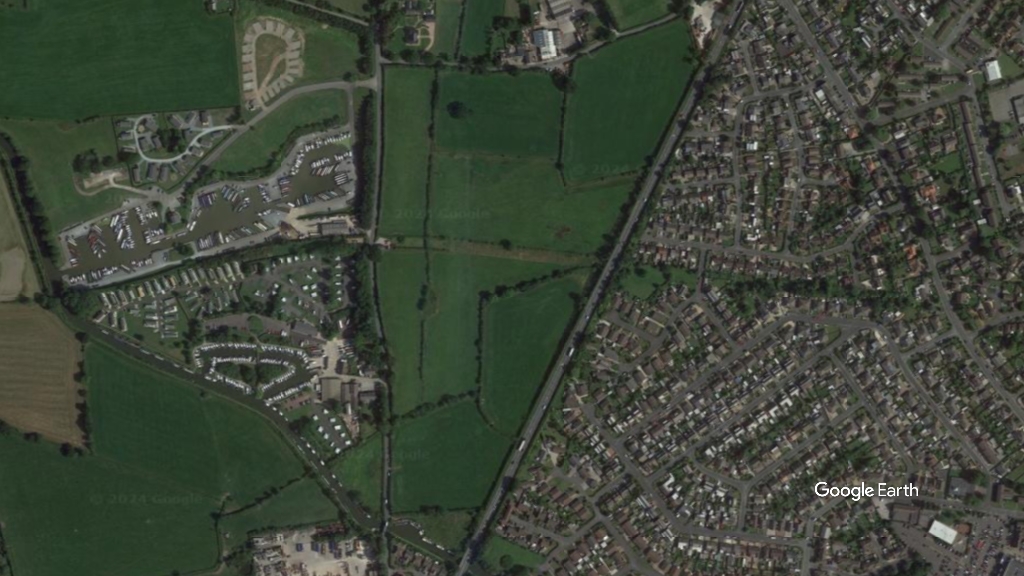Lancaster plots major council estate regen
AG Project + Building consultancy has been appointed to oversee the multi-million-pound project to transform the 1960s Mainway estate into a housing development with a potential 440 energy-efficient homes.
The estate sits off Mainway and by the River Lune. Built in the 1960s, it was refurbished in the 1990s. It currently has 257 council homes. Most of those homes, however, will not be habitable in three to five years’ time due to maintenance issues, according to a Lancaster City Council cabinet report from February. Wholescale intervention was required, the council determined. That intervention would involve refurbishing the existing structures.
The council has chosen to take this opportunity to also pursue building more housing on the estate and on the nearby Skerton High School site. Early assessments by the council showed that the school and estate could have 440 homes, with initial proposals calling for at least half of those homes to be designated social rent and another 100 to be affordable tenures. The remainder would be private market rented homes.
New homes would be built to meet Passivhaus standards and use green building materials.
According to project manager AG, the regeneration of Mainway Estate is expected to take five years to complete.
AG director Tom Hargreaves said: “The scheme’s focus is to take existing housing stock and refurbish it while creating new high-quality housing that will vastly improve the quality of life for many of Mainway’s residents.
“This regeneration project is underpinned by creating lasting sustainability while breathing new life into the area – not just by creating high-quality homes but also by revitalising the area, which will be the catalyst to develop a strong sense of place.”
The Beyond Imagination team at Lancaster University is also working with the council on the project, which has already undergone one consultation exercise to see what the current tenants of the state want from the new development.





I have a worry concerning that the development’s architecture won’t reflect the local surroundings. Lancaster has a highly used sandstone-like application to its architecture that boasts its beauty. I wondered will this be reflected to further increase and imprint the architectural styles for the culture of the city.
By James Camden